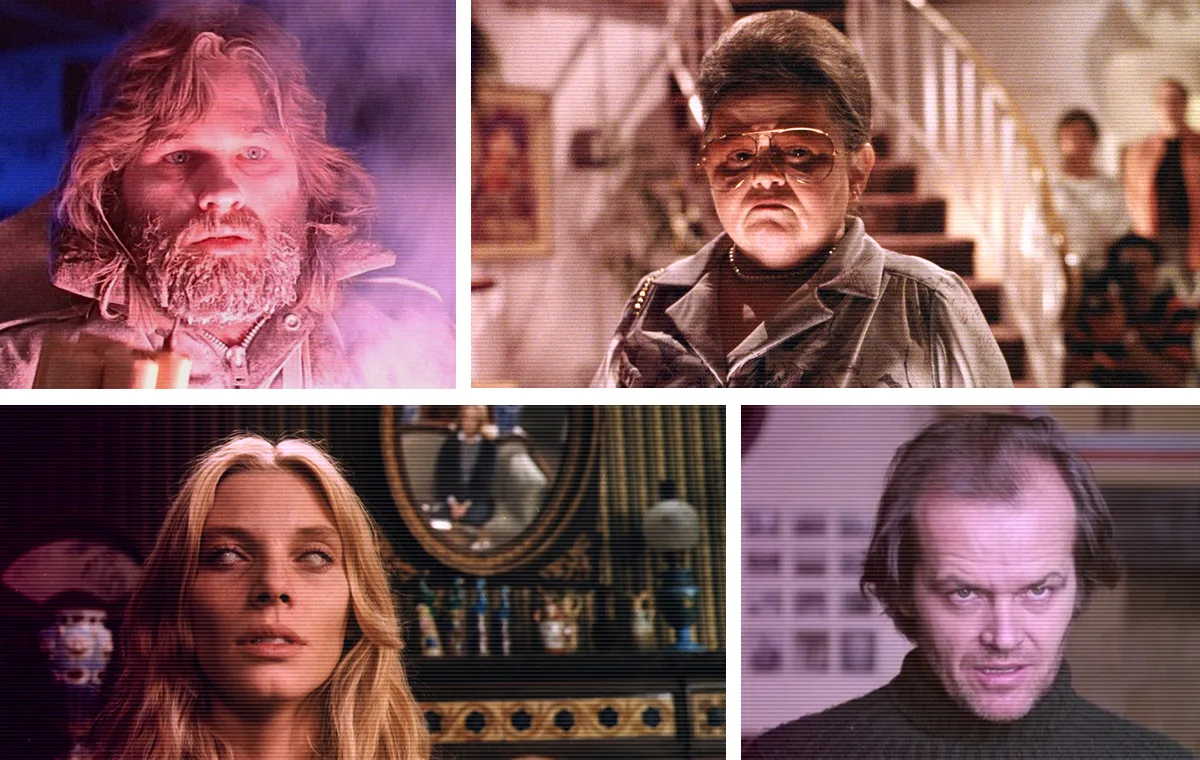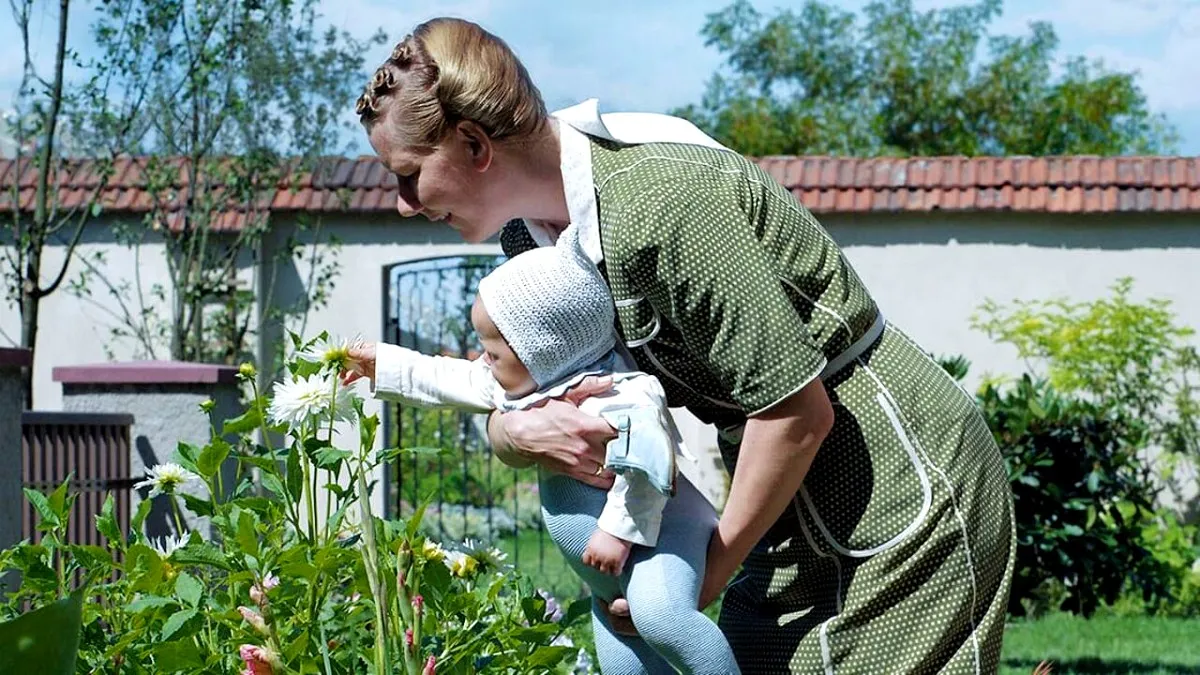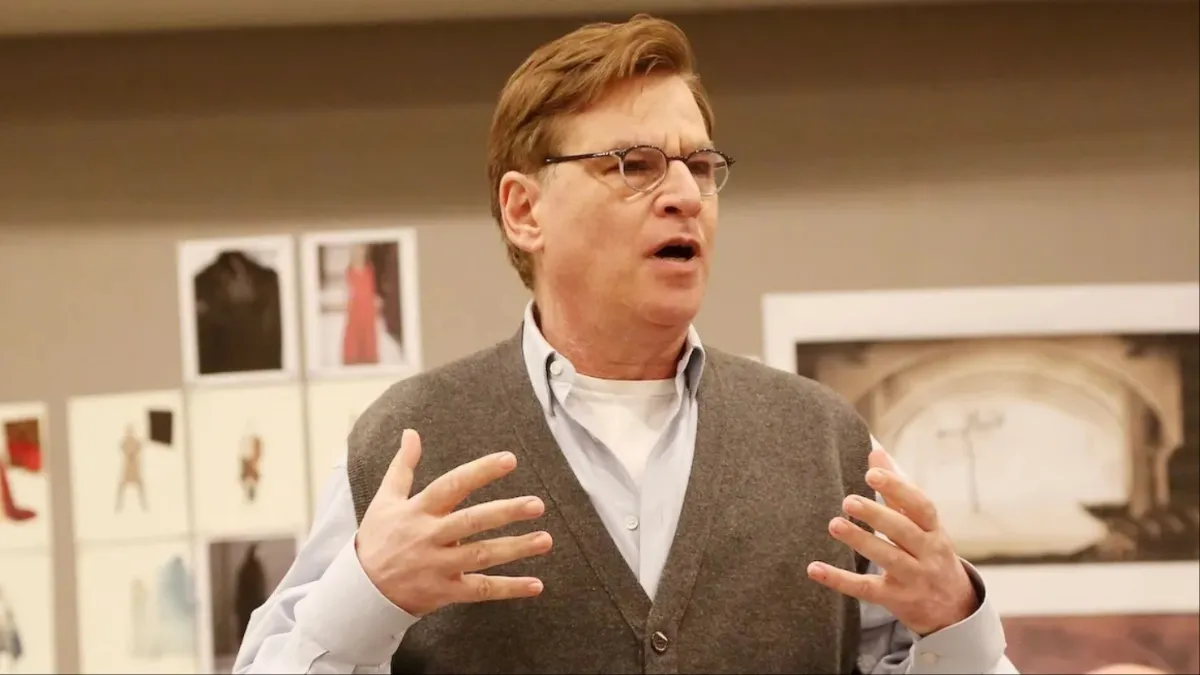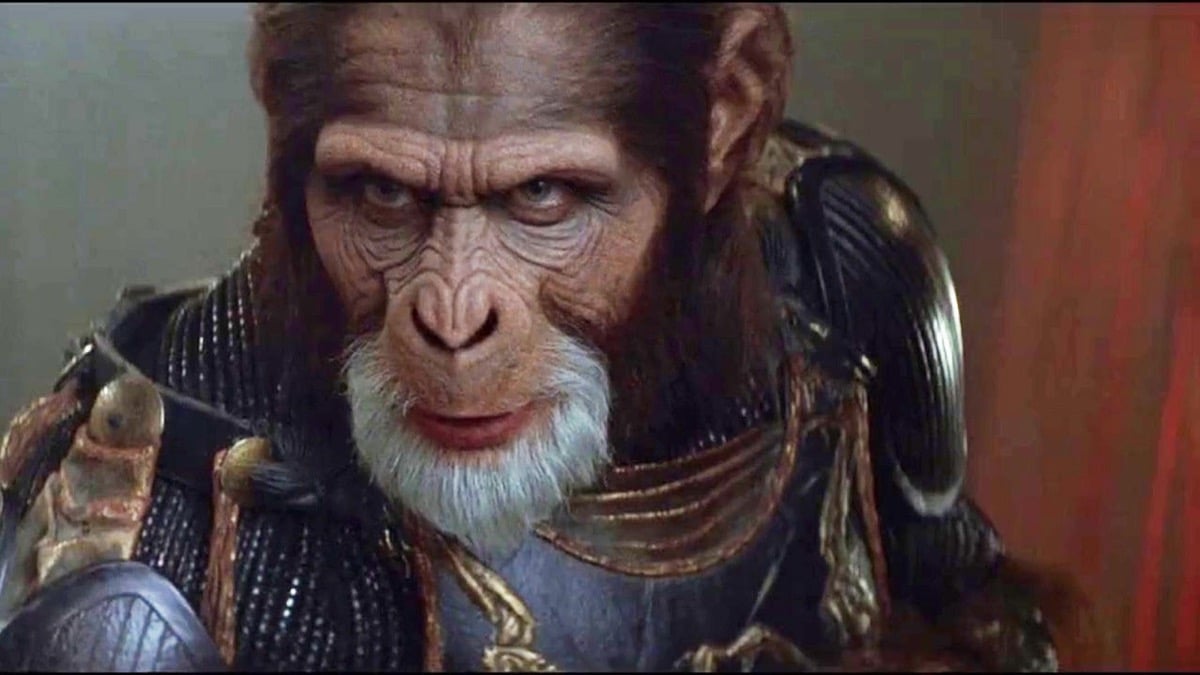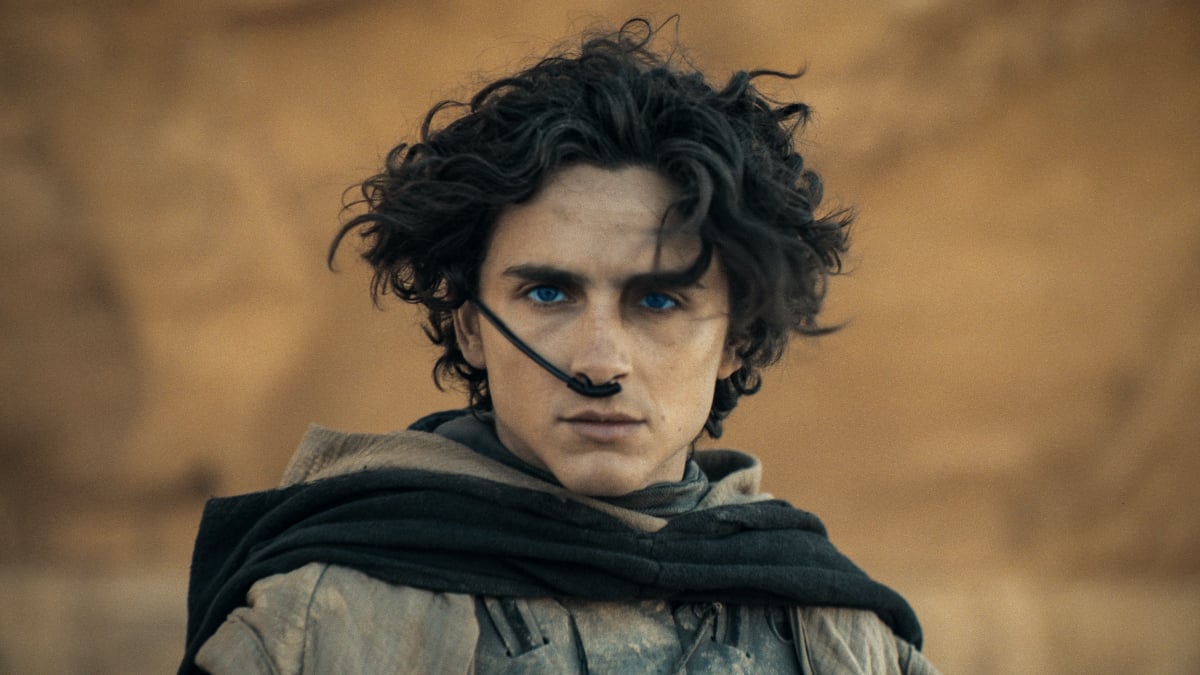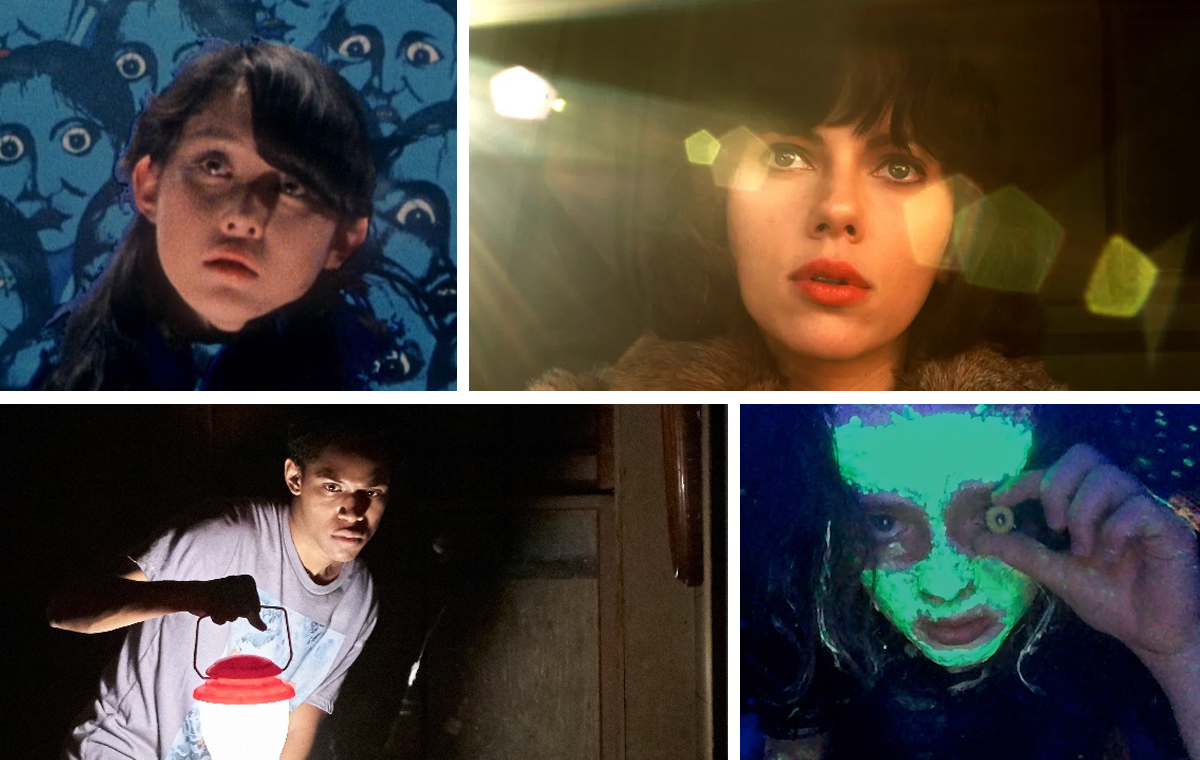The 1980s were a turbulent time of growth for the horror genre. It was a time when the slasher formula as we now know it found its boundaries and contours, as its killers and final girls grew to become cultural icons. Directors like David Cronenberg and John Carpenter broke into a creative stride, putting out back-to-back masterpieces that still boast a robust following today. The advent of home video brought the scares into the family living room, prompting debate over onscreen violence and, in the UK, a whole censorship campaign against mostly low-budget horror films that could suddenly be found on videocassette. It was also the decade that carried several movies that are now widely considered to be the best of the genre, even if they didn’t do well upon release.
This October offers a special seasonal treat: the 13th of the month falls on a Friday, and while Friday the 13th didn’t make the cut (in the interest of word count, several wonderful movies didn’t get a spot on the list), we’ve rounded up 13 thrilling movies from the top of the pops. Happy viewing, and don’t forget the cardinal rule of horror movie night: lights down, sound up!
The Changeling (1980)
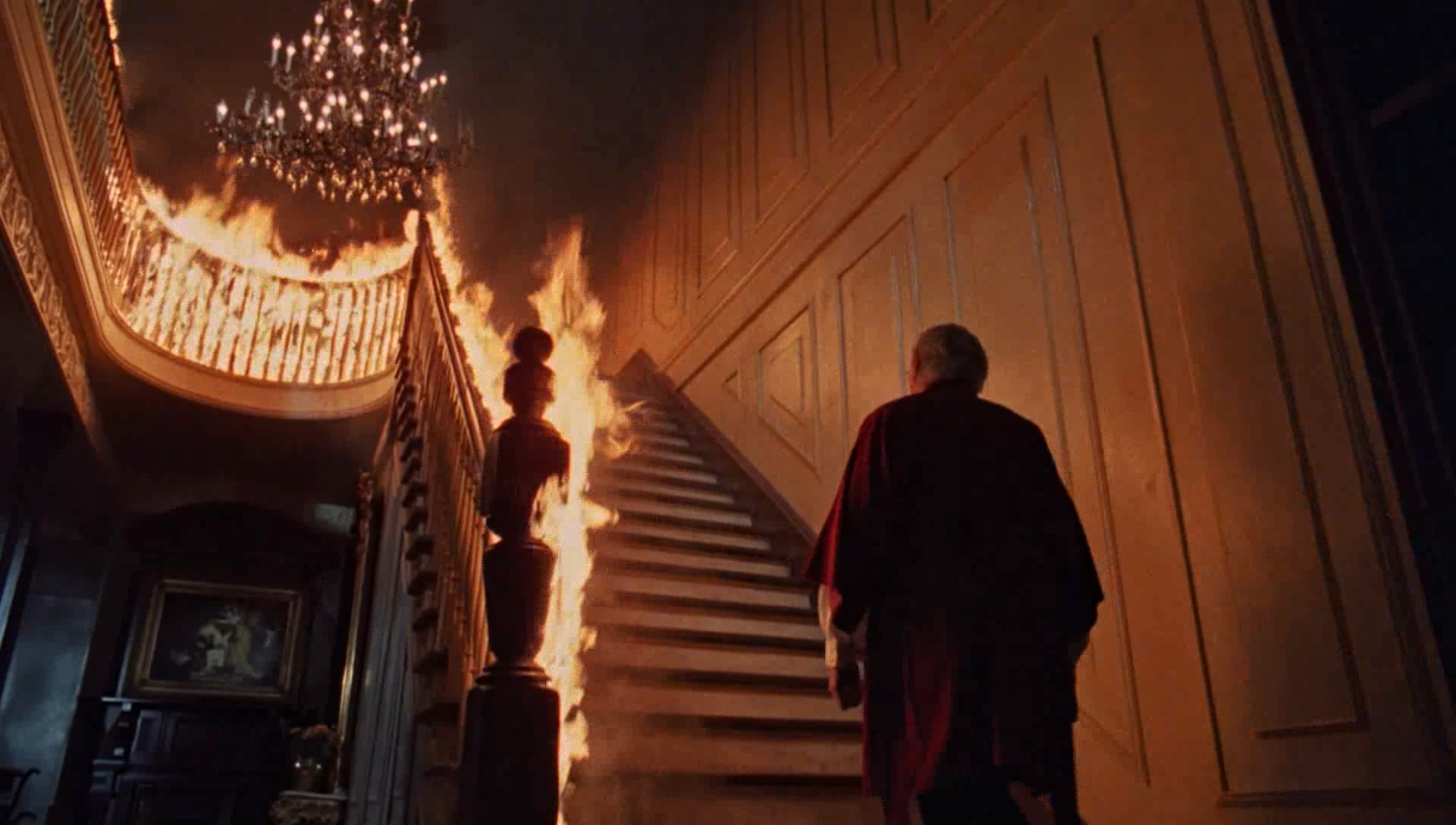
At the tail end of the 1960s, writer Russell Hunter stayed at the Henry Treat Rogers mansion in Denver, Colorado. His paranormal experiences there inspired the scribe to pen the story that would become one of the most eerie haunted house movies of all time. Peter Medak (Let Him Have It) directs the tale of a composer and grieving widower/father (George C. Scott) who moves into a Seattle mansion that doesn’t seem to want any new inhabitants. What begins as bumps in the night advances with a creepy music box, a productive seance, and revelations of what happened in the house years before. These beats are recognizable in 2023 but are so effectively applied that The Changeling still has the power to scare over four decades after its release.
The Shining (1980)
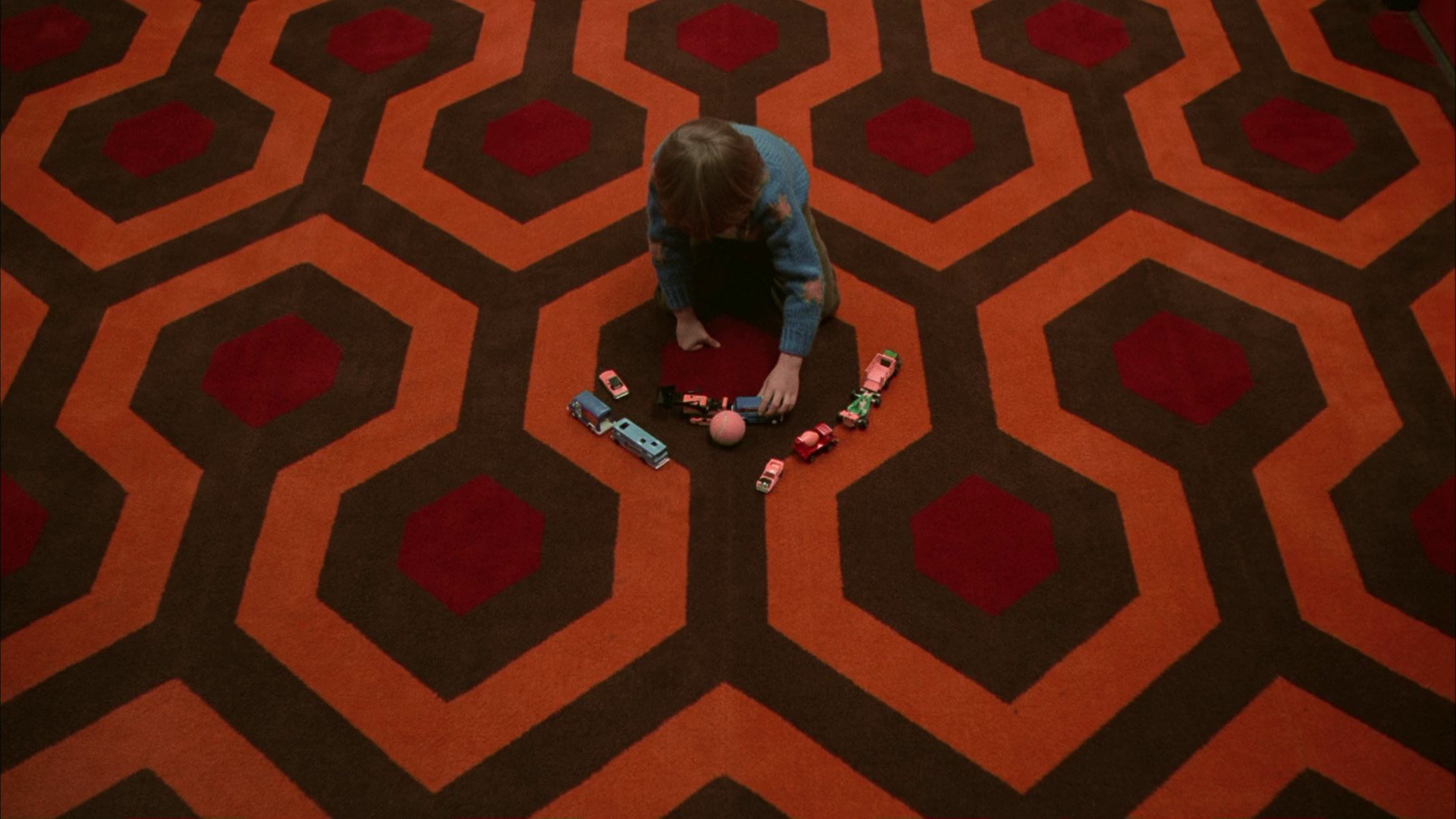
By the dawn of the decade, bestselling author Stephen King had two novels brought to the big screen: first, high-school-freakout Carrie, then ghostly-hotel tale The Shining. Director Stanley Kubrick would helm the feature adaptation in an effort to craft something more commercially friendly than his last effort, the 3-hour period piece saga of Barry Lyndon. The Shining is ostensibly a ghost story, centered on the doomed Torrance family who stay at the sinister Overlook Hotel. But beneath the bloody elevators, the men who aren’t there, and ghoul-women in bathtubs lies the utter self-destruction of a family unit—this is where the horror comes from, more than the eerie music or gory close-ups.
The Beyond (1981)
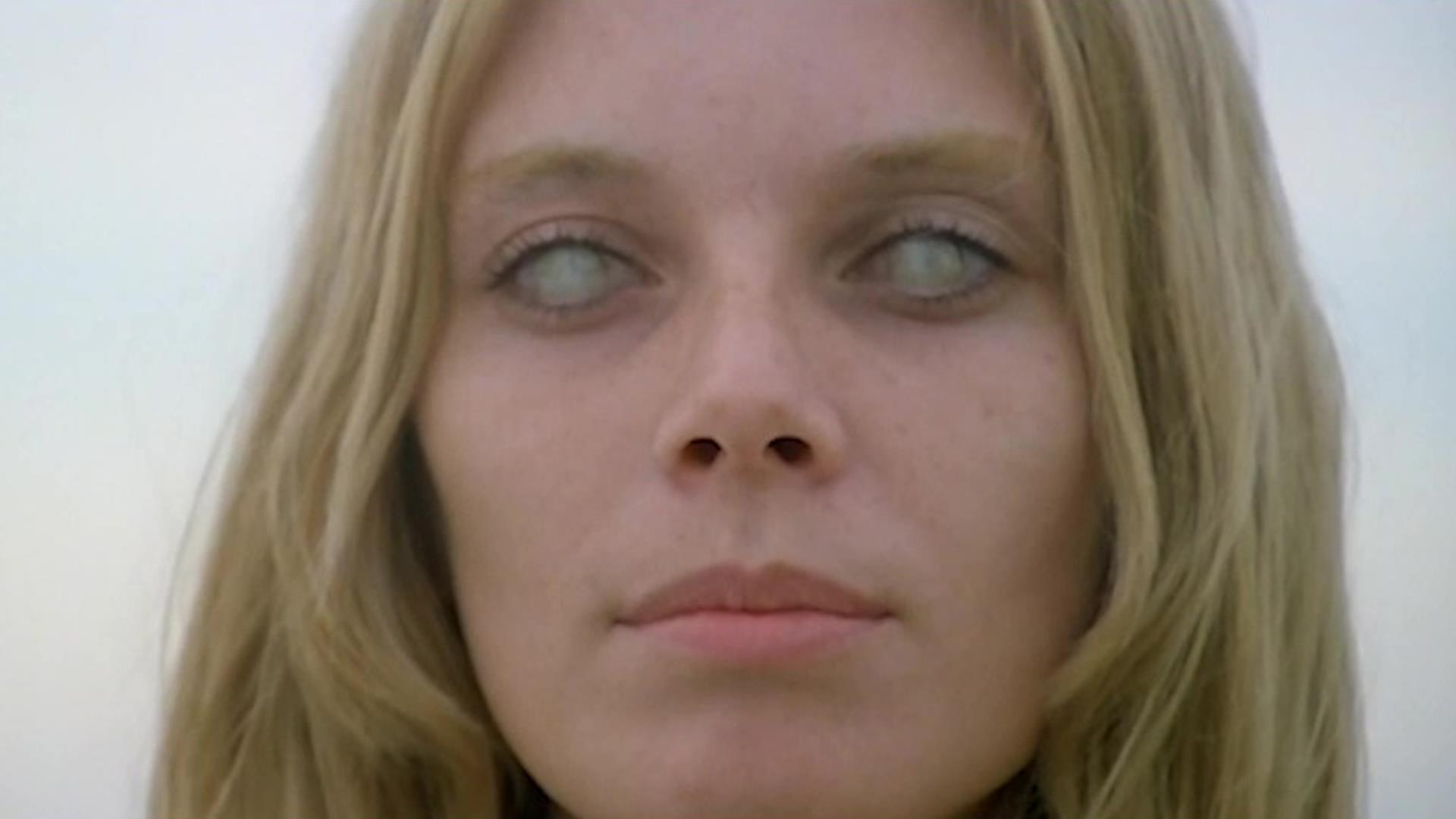
The Beyond is the second film in Lucio Fulci’s “Gates of Hell” trilogy, but you don’t need to see its 1980 predecessor City of the Living Dead (though it is a bloody good time) to appreciate all that’s going on in this Italo-Southern Gothic gem. This time, the portal to Hell is situated in a New Orleans building— specifically, Room 36 of the Seven Doors Hotel. The horrors that emerge include man-eating spiders, undead hotel staff, and a never-ending abyss which, paired with frequent Fulci player Catriona MacColl, utterly foul special effects, and one of the greatest horror scores of all time by one Fabio Frizzi, The Beyond plays like a feverish nightmare from which you’ll never awaken.
An American Werewolf in London (1981)
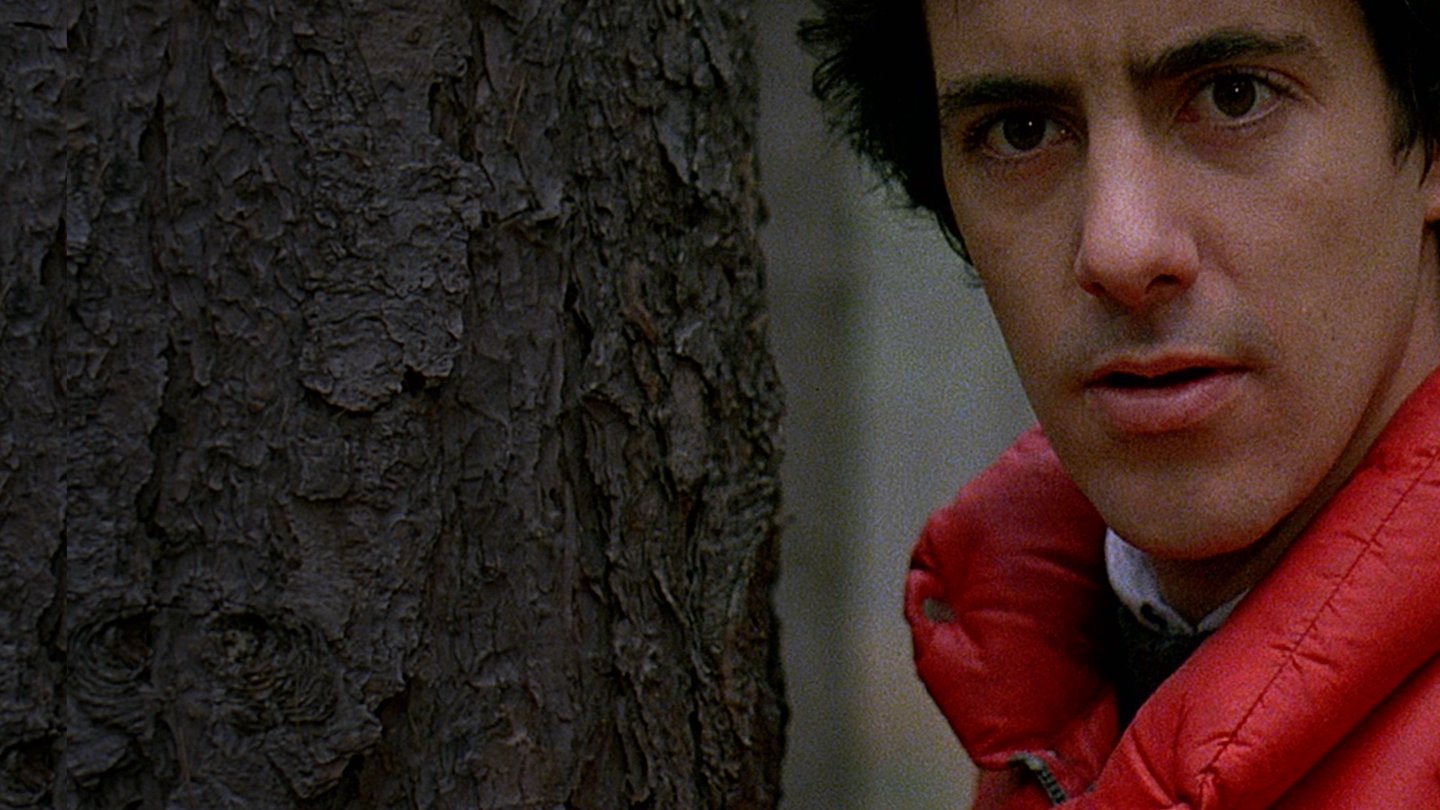
Frequently hailed as containing the best wolfman transformation sequence to date, John Landis’ An American Werewolf in London resurrects an old-school horror monster while straddling the lines between scary, funny, and tragic with ease. David “Be a Pepper” Naughton stars as the poor sap stricken with the lycanthrope curse after a werewolf attack on the Yorkshire moors. The scene in which he goes from man to wolf—through the magic hands of Oscar-winning effects artist Rick Baker—would change the makeup effects game for the rest of the ’80s. It would be this film that prompts Michael Jackson to recruit Landis to direct one of America’s greatest pop culture masterpieces: the music video for Jackson’s “Thriller.”
Poltergeist (1982)
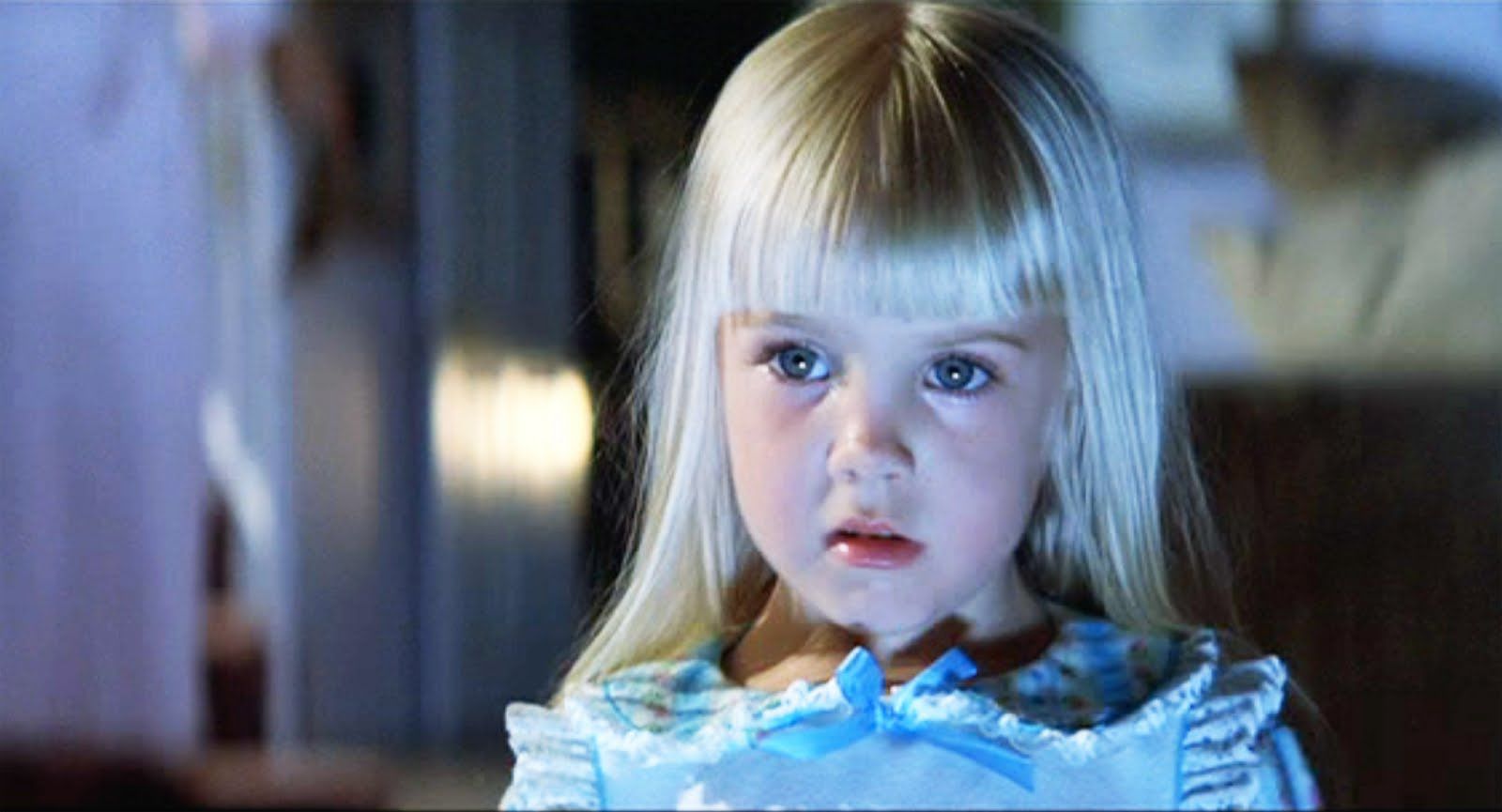
Of all the movies on this list, Poltergeist is one of the most unapologetically 1980s-esque. Its story of the Freeling family and the spooks that haunt them presents an America hounded by the ghosts of its disgraceful past. Patriarch Steven Freeling (Craig T. Nelson) reads a New York Times collection of essays on then-president Ronald Reagan while his wife lights up a joint, and the tv is the last one awake at night. It’s through the TV that youngest child Carol Anne (Heather O’Rourke) receives messages from the other side. Those messages turn out to be from wandering spirits of the desecrated graveyard that the suburb of Cuesta Verde is built upon (they only moved the headstones!), and the ensuing scares are light on gore (except for one quick scene) and heavy on craft. Officially directed by Tobe Hooper but given shared creative credit with on-set producer Steven Spielberg, Poltergeist stands as one of the scariest haunted house stories of the decade and beyond.
The Thing (1982)
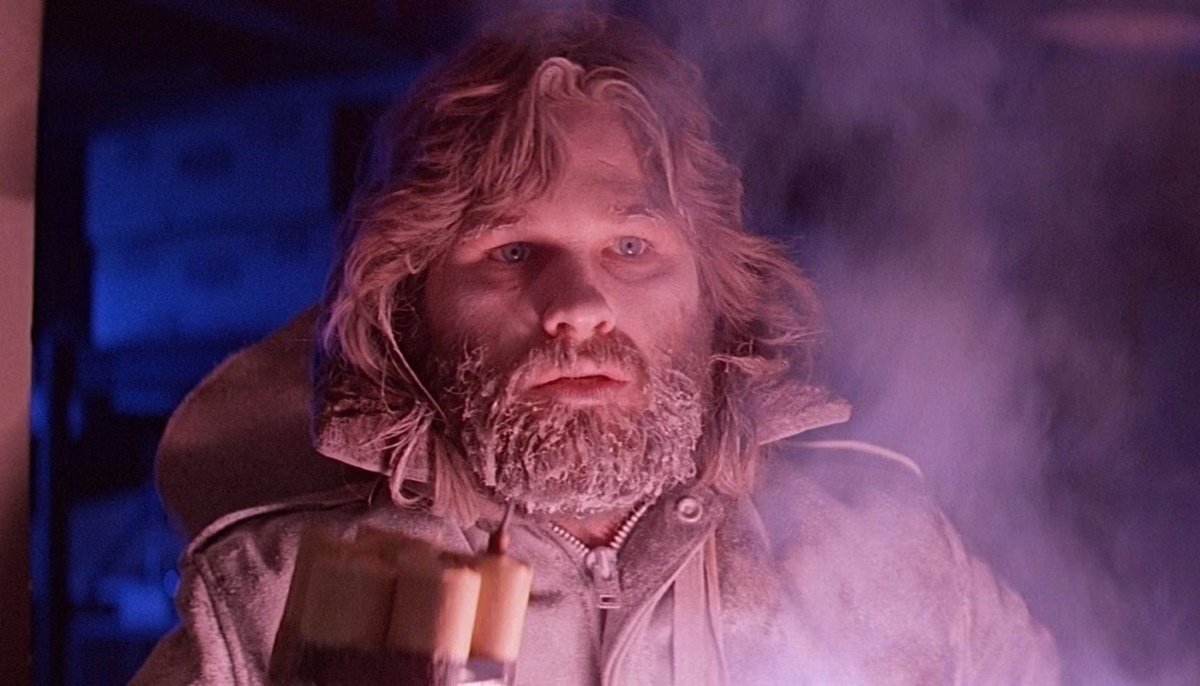
It might be surprising to see John Carpenter’s The Thing on a Mary Sue best-of list; this adaptation of John W. Campbell Jr.’s 1938 novella Who Goes There? features no women, but a banger is a banger. Its cadre of men, led by Kurt Russell’s R.J. MacReady, are American researchers at an Antarctic lab who discover a spacecraft and a hostile alien visitor that can imitate any organism it consumes, Body Snatcher-style. These imitations are seen in various stages of transformation, showcasing some seriously gnarly practical effects by Rob Bottin and his team of madmen. A 2011 prequel of the same title tried augmenting practical effects with high falutin’ CGI, but it pales in comparison to Bottin’s melted bubblegum tendons and fleshy abominations.
Next of Kin (1982)
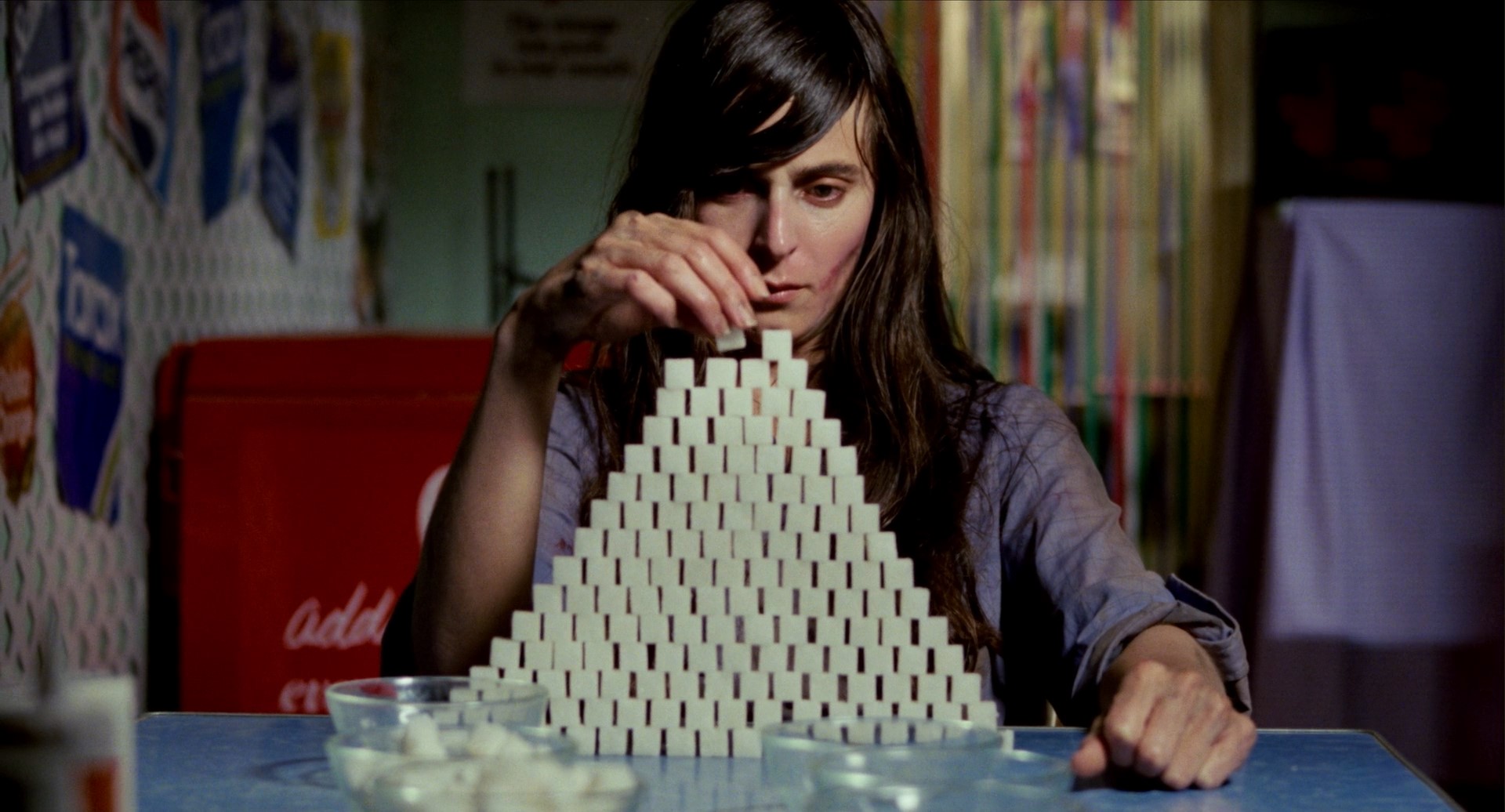
What if I told you horror fans that the sadistic outback killer of the early-aughts hyper-violence extravaganza Wolf Creek shows up in an early-’80s Australian movie comparable to The Shining? In Tony Williams’ Next of Kin, actor John Jarratt plays a much nicer fellow, providing the best support he can to Linda Stevens (Jacki Kerin), who has inherited from her estranged mother a fancy estate where retirees keep dying unexpectedly. The strange tone of the movie—at once a haunted house story and psychological family drama—gets a surreal boost from the late Klaus Schulze’s pulsating score. The result is one of the most atmospheric movies of the 1980s that you’ve probably never heard of.
Angst (1983)
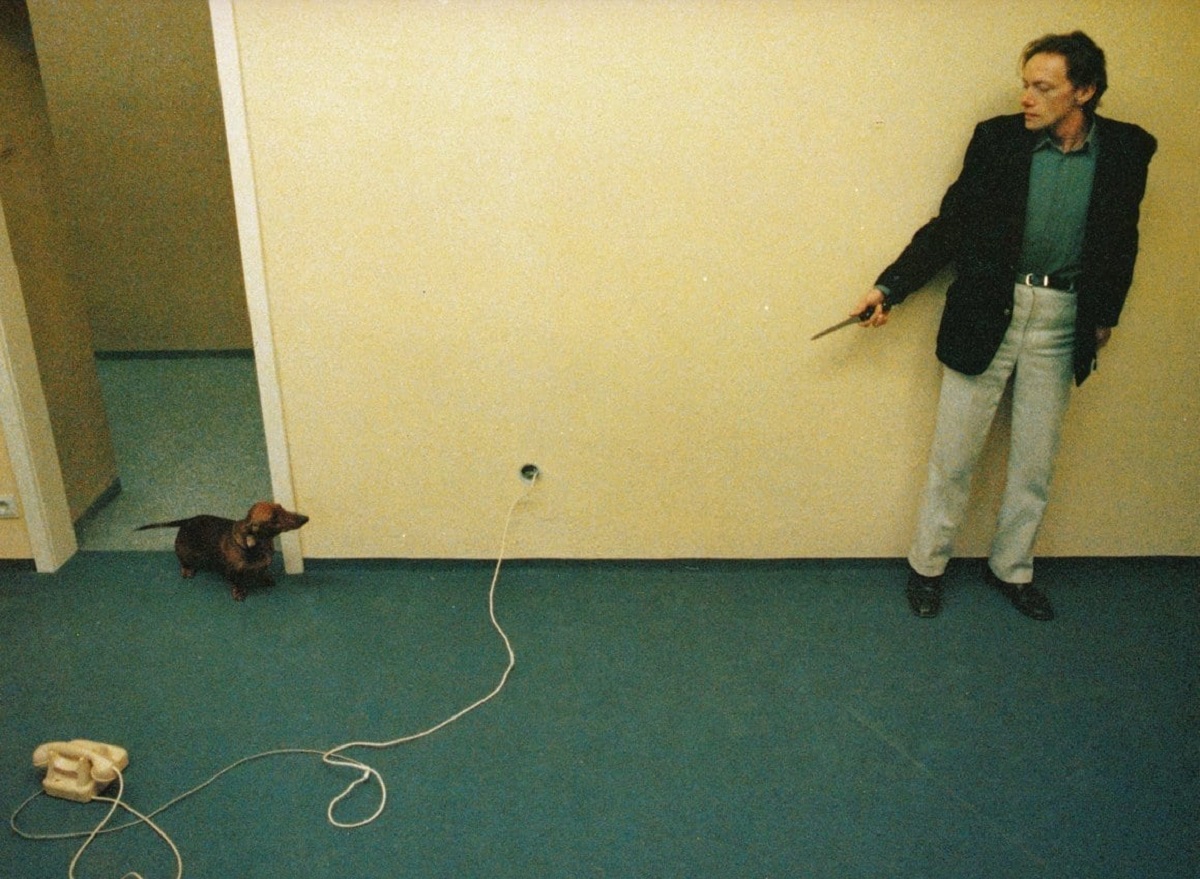
Angst is a movie that you weren’t supposed to see. The 1983 Austrian crime-horror film was initially banned just about everywhere but Austria and Germany for its intense violence; the story, after all, is loosely based on the crime spree of a real-life serial killer. Once it got a 2015 Blu-ray release, Irreversible director Gaspar Noe gave an introduction in which he cited the film as a major influence on his transgressive work, and the film grew a larger following from there. At its core, it’s a home invasion horror movie in which Erwin Leder’s unnamed psychopath attacks a family at random. But in writer-director Gerald Kargl’s hands (as well as those of co-writer, cinematographer, and editor Zbigniew Rybczyński), the story is presented through the killer’s POV, making any viewer feel especially complicit—and filthy.
Christine (1983)
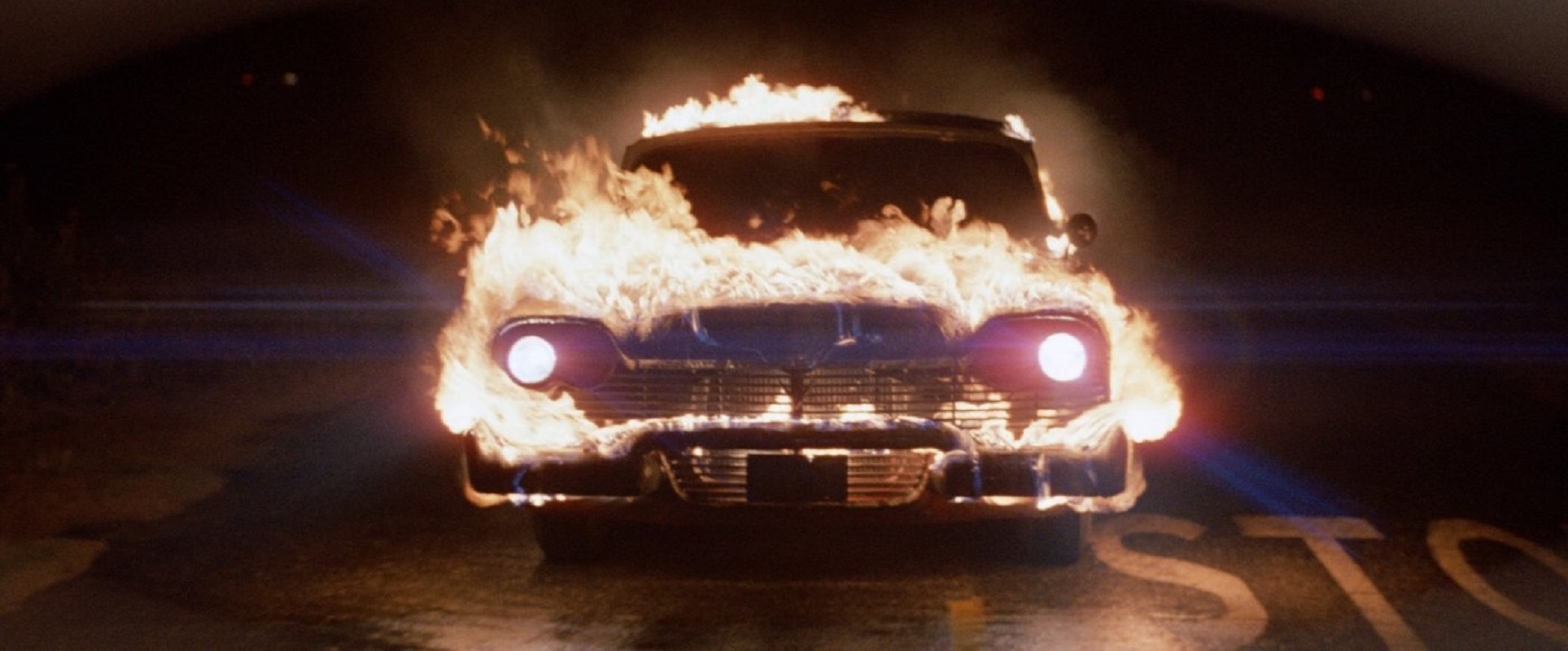
Christine is the second movie on this list adapted from a Stephen King bestseller, only instead of a haunted hotel it’s got haunted wheels. Through circumstance, bullied teen Arnie Cunningham (Keith Gordon) becomes the owner of a 1958 red and white Plymouth Fury, which he dubs Christine. As he restores her to fresh-off-the-factory-line beauty, Arnie’s personality shifts for the worse. The movie’s finest scene sees the car, demolished by bullies, transform itself back to immaculate condition; with director John Carpenter’s cool-cat score and under the lens of gorgeous Panavision, the transformation takes on a naughty striptease quality. Gordon turns in a terrific lead performance as Cunningham, moving from meek geek to psycho-greaser with a creepy believability.
The Return of the Living Dead (1985)
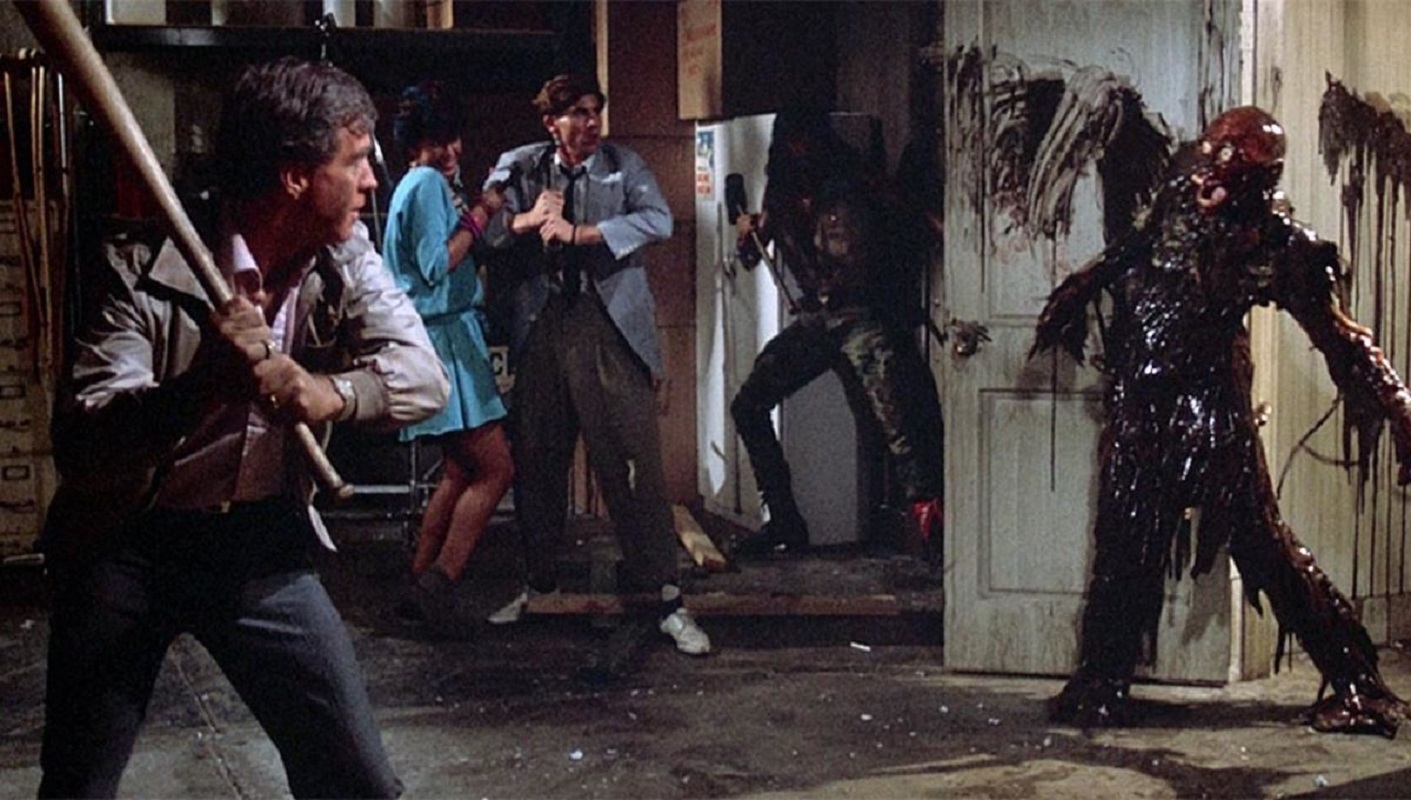
There were two great zombie movies to come out in 1985 (three if you count Lamberto Bava’s Demons): George A. Romero’s Day of the Dead and Dan O’Bannon’s directorial debut The Return of the Living Dead. Both are fine films, but Return gets inclusion on this list for its potent blend of manic humor and zombie lore; it’s the movie that popularized human brains as a specific delicacy for the zeds. Everyone’s performance in the film is dialed up to the highest levels of hysteria and, married with a punk rock soundtrack to die for and the grimmest of grim jokes, the movie doesn’t reinvent the zombie wheel but it rolls incredibly well.
Anguish (1987)
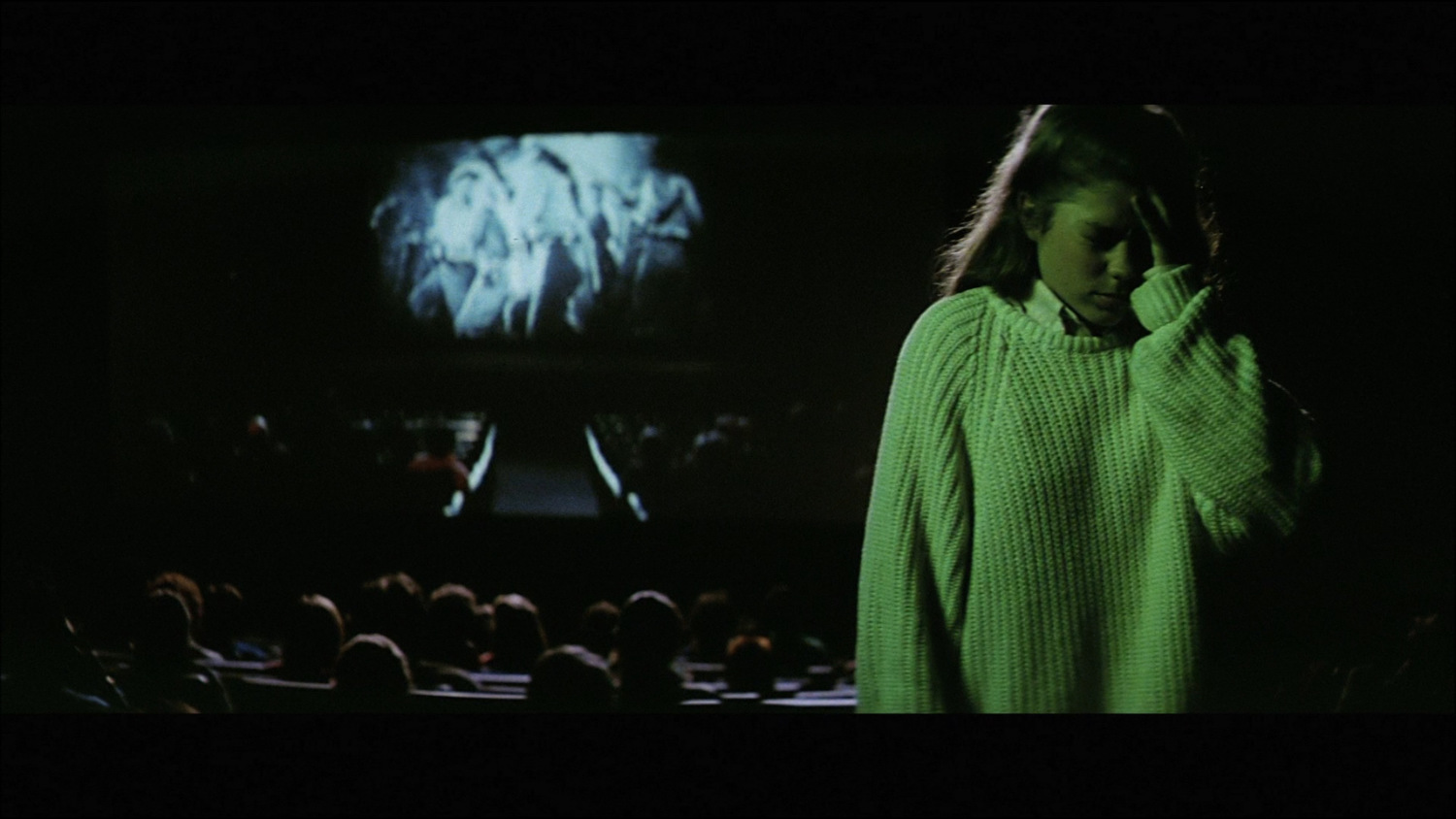
One of the more underseen entries on this list, Anguish is a slight departure for its Catalan director Bigas Luna. The filmmaker’s four-decade body of work mostly leans towards the erotic, exploring themes of sex and national identity. Through it all is a playfulness with audiovisual techniques, which plays into Anguish in a series of nesting doll storylines—films within films within films that predate Scream 4’s memorable opening sequence by decades. What Luna achieves with all this is a bleak untethering from time and space; you, watching at home, are effectively another movie theater patron consuming barbarity onscreen, sitting next to maniacs in the dark. Not a feel-good movie, but a good humbling experience for those who profess to love a bloody good scare.
Hellraiser (1987)
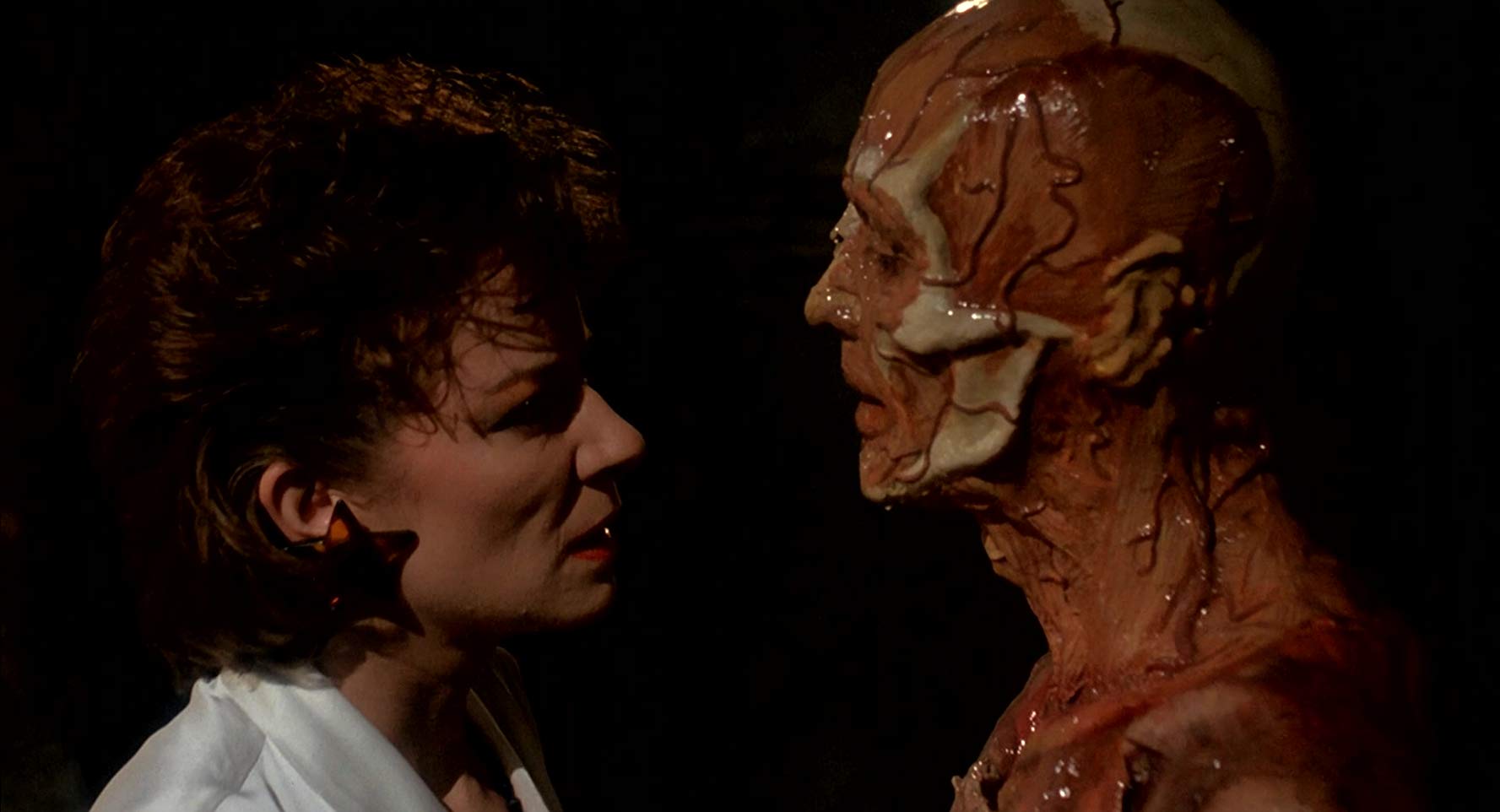
Long before prestige horror was a thing, Clive Barker elevated the genre with erotic sophistication, a welcome new spin on a realm then saturated with slasher sequels. Hellraiser, adapted from Barker’s novel The Hellbound Heart, adds BDSM and kink imagery to a good old-fashioned Gothic horror story. In Barker’s world, pleasure and pain intertwine, personified by the leather-laden extra-dimensional Cenobites. Fiddle with a certain puzzle box and the Cenobites are summoned to deploy extreme sadomasochism in the interest of the ultimate carnal experience. Unlike the Fright Nights and Elm Street sequels of its era, Hellraiser treats its story with a dead-serious Grand Guignol attitude, a moody standout of the decade.
Dead Ringers (1988)
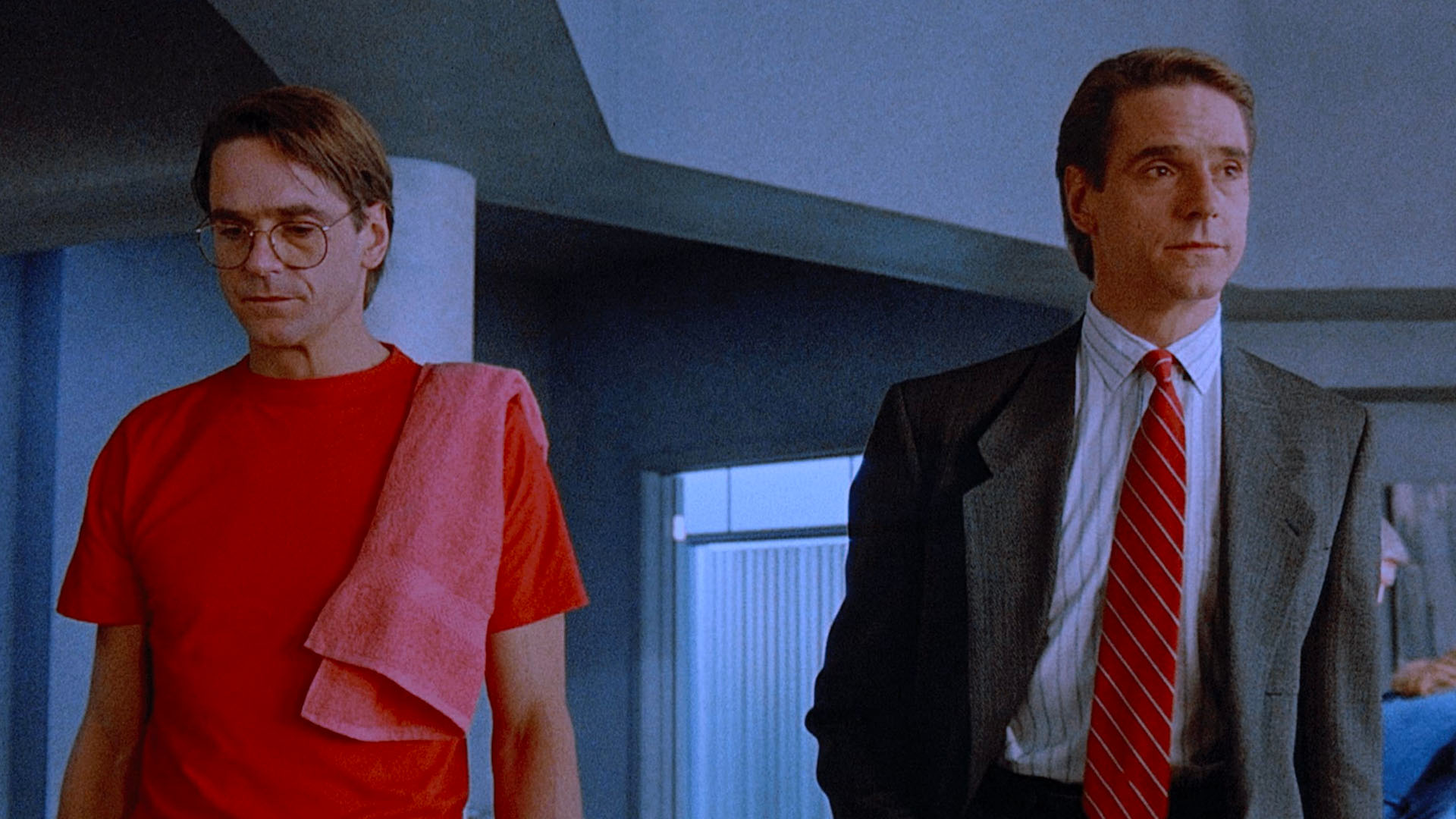
David Cronenberg was on a white-hot streak throughout the decade. The hits came fast and furious: Scanners in 1981. The Dead Zone and Videodrome in 1983. 1986’s The Fly was the Canadian filmmaker’s greatest critical and commercial success of the era, but he would cap the 1980s with his most disturbing and poetic work yet: Dead Ringers. Identical gynecologist twins (both played by Jeremy Irons) are sympathetic siblings in Cronenberg’s genre hydra, which at once functions as body horror, cerebral thriller, and medical drama, all anchored by an intense double-character study. The legacy of Dead Ringers lives on in 2023, with a well-received miniseries adaptation starring Rachel Weisz.
(featured image: Universal Pictures / MGM / Warner Bros. / Medusa)



